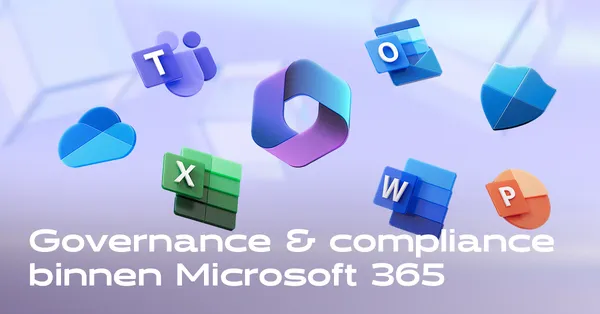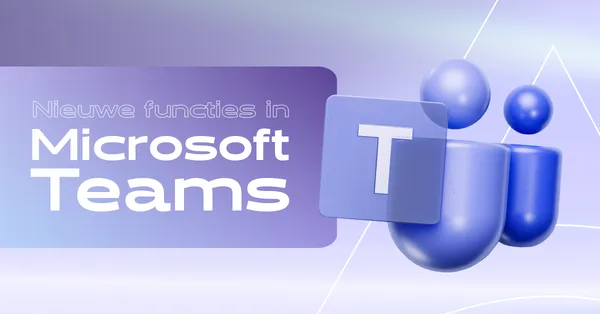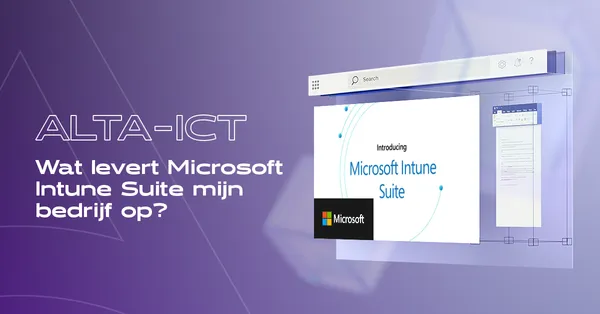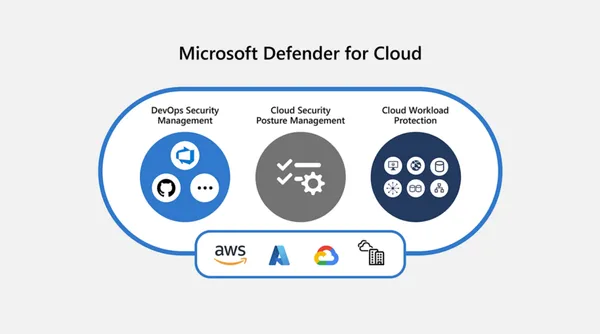
Knowledge base
January 13, 2023
What is Microsoft Teams Phone?
As more organizations embrace hybrid work, powerful communications systems have become essential. Microsoft Teams Phone is an enterprise-grade cloud phone system synonymous with flexibility.
Teams Phone is an add-on to the widely used Microsoft 365 platform that we have all come to know and love, and builds on the collaboration capabilities of Microsoft Teams to provide a variety of remote calling features.
With unmatched performance and resilience, the solution leverages one of the world’s largest backbone networks – Microsoft’s global network – to deliver features that outperform on-premises phone systems.
How does Microsoft Teams Phone work?
The Teams Phone system uses user licenses to provide calling features, including call merging, call transfers, voicemail and more.
Being part of the Teams ecosystem, users have access to other convenient features, such as transferring calls between devices, transcribing calls and integrations with in-car entertainment systems.
How can I make/get calls to/from landline and cell phones on the PSTN?
You have some great options with Microsoft Calling Plans, Operator Connect, Teams Phone Mobile and Direct Routing. Each can be used independently or together to build a solution that fits your organization’s communication and collaboration needs.
Microsoft phone subscriptions
Call subscriptions are charged per user and provide a monthly service that offers a selected number of minutes. This solution is especially useful when your users need to use PSTN calling, but you do not have a PSTN provider. Learn more about country and region availability for calling subscriptions can be found here.
Setting up Call Subscriptions requires the following requirements:
- An E5 or Teams phone system
- Any of the available calling plans – domestic, international or pay-as-you-go
- New phone numbers or transfer your existing numbers
- Emergency addresses and locations
Operator connect
This solution provides PSTN connectivity using an “operator-managed” infrastructure. That means the Session Border Controllers (SBC), firewall and other network components are all owned and maintained by an operator, allowing users to save on hardware costs and access support options. This can all be configured from the Teams Admin Center, resulting in faster and easier deployment.
To configure Operator Connect, the following is required:
- An E5 or Teams phone system
- An operator participating in the Microsoft Operator Connect program.
Teams Phone Mobile
With this approach, a user’s cell phone number (SIM-enabled) also acts as their Teams phone number. This is useful for remote /field workers who frequently move between locations, devices and networks. Teams Phone Mobile also complements corporate policies such as data retention and call recording, meaning organizations can achieve consistency in security, privacy and compliance.
To implement Teams Phone Mobile, you will need the following:
- An E5 or Teams phone system
- The Teams Phone Mobile add-on
- An operator listed in the program Microsoft Teams Phone Mobile
Direct routing
With Direct Routing allows you to “bring your own trunk” (BYOT). That means organizations can use their existing PSTN carrier contracts and connect almost any telephony trunk – as well as connect to third-party PSTN hardware. Analog, private branch exchange (PBX) and DECT, for example, can be integrated using the Direct Routing model.
To implement Direct Routing, there are specific infrastructure/network requirements, including but not limited to:
- Telephony trunks connected to the SBC
- Microsoft 365 tenant
- Custom domain with Microsoft 365 (cannot use “*.onmicrosoft.com”)
- Public IP address for the SBC
- Fully Qualified Domain Name (FQDN) for the SBC
- Public DNS record for the SBC
- Publicly trusted certificate for the SBC
- Firewall security rules
- Session Border Controller (SBC).
You will also need the following:
- Microsoft phone system
- Microsoft Teams &Skype for Business Subscription 2 (if included in the license)
- Microsoft Audio Conferencing (used for dial-up over PSTN in Teams meetings)
Who should use Teams Phone?
It is versatile and easy to implement, making it suitable for all businesses – from SMEs to large multinational corporations.
Since Teams Phone is a cloud offering , scalability, reliability and performance are key features. With an uptime SLA of 99.99%, the service will not let you down when you need it most.
Teams Telefiib also offers advanced features such as dynamic emergency calling, location-based routing and local media optimization. So there are options for all businesses.

The benefits of Microsoft Teams Phone
Productivity
Microsoft Teams has introduced powerful collaboration tools for many organizations, such as instant messaging and easy file sharing. Teams Phone builds on this by allowing users to make and receive phone calls within the same app , further improving productivity.
Multi-device, multi-platform
Teams Phone works on a variety of devices, including desktops and laptops running Windows or Mac OS, desk phones and in-car entertainment systems. All while providing a seamless and reliable experience.
Cost savings
By using Teams Phone, organizations can avoid expensive maintenance contracts for outdated on-premises PBX systems. You may already qualify for the service as part of your current Microsoft agreement!
Quality and performance
Thanks to Azure and Microsoft’s global network, performance and reliability are at the forefront of Teams Phone. This solution replaces on-premises business phone systems, so Microsoft is working hard to match, if not beat, previous uptime levels while also providing HD audio and video.
Integration
Team Phone integrates seamlessly with the Microsoft stack, third-party apps and large-scale communications operations such as contact centers. Microsoft offers a rigorous certification program for contact center solutions to ensure compliance with standards.
Auto Attendants and call queues
The solution is a full-fledged business IVR (Interactive Voice Response) system that allows users to record voice input, nested menus, directory searches and timed actions, such as company-wide business hours and vacations.
Frequently asked questions about Microsoft Teams phones
What happens to the business phone number I use to receive direct calls?
You keep it. Once you have migrated to Microsoft Teams Phone, your current work phone number becomes your Teams phone number.
Can I make Teams phone calls from a mobile device?
Yes. You can use any device with Microsoft Teams to make calls.
Can you still use a desk phone with Teams Phone?
Yes, here is a list of Teams-approved desk phones.
Can you share voice mailboxes on Microsoft Teams Phone?
Yes. You can use Office 365 groups for shared voice mailboxes.
What is the great PSTN shutdown?
By 2025, the UK’s PSTN network will be eliminated and replaced with an all-digital network. To avoid loss of service and functionality, organizations are moving to cloud-hosted phone solutions, such as Microsoft Teams Phone.
Microsoft Teams Phone at ALTA-ICT
At ALTA-ICT We can help you build a communication system that meets your business needs. Please feel free to contact us.
Source: nasstar
Want to know more?
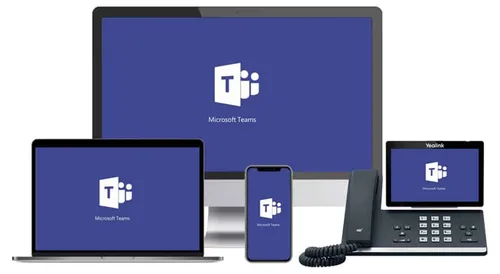
Related
blogs
Tech Updates: Microsoft 365, Azure, Cybersecurity & AI – Wekelijks in je Mailbox.


